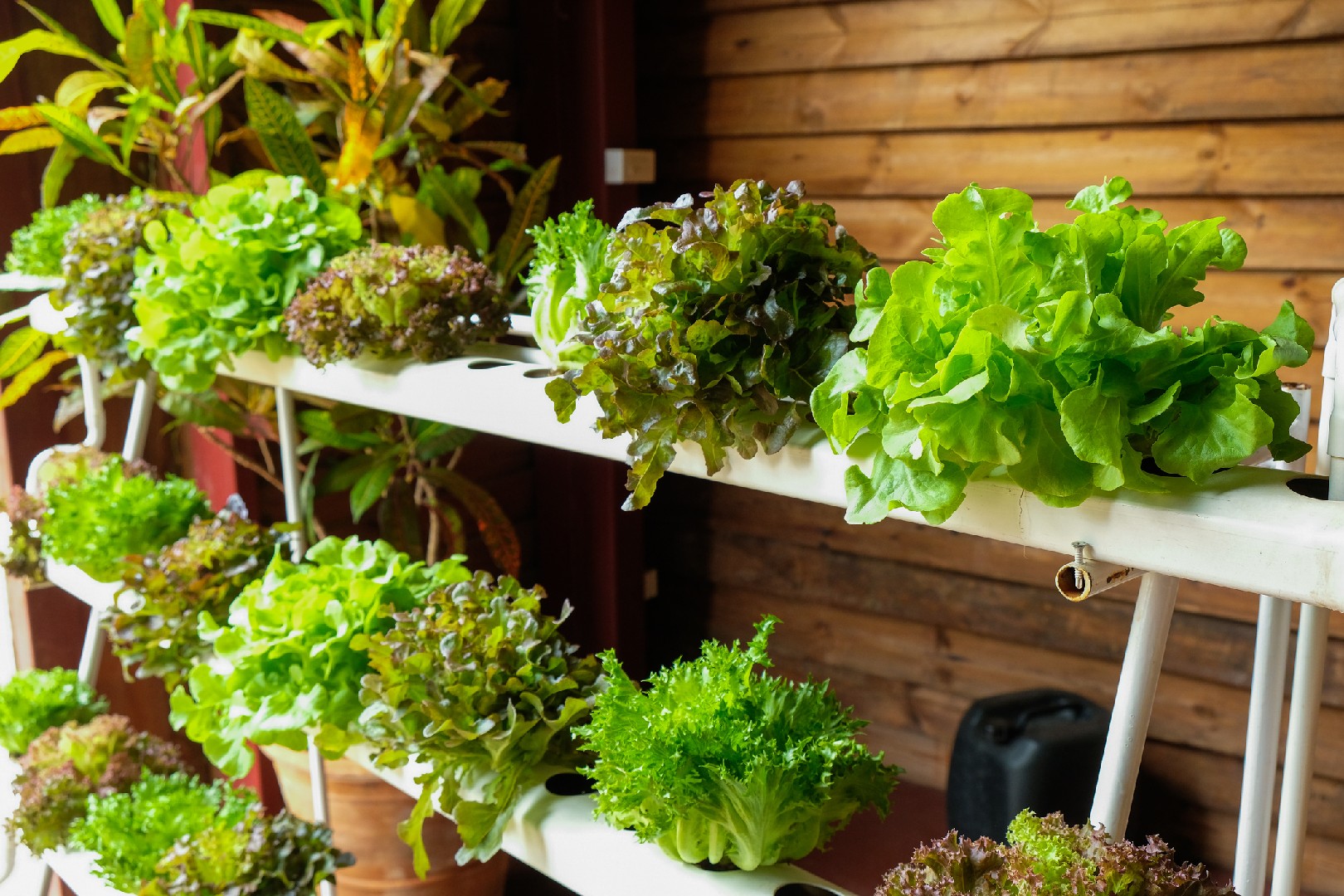![Rectangle]()
Benefits of Hydroponic Vegetable Gardening
Hydroponic vegetable gardening offers numerous benefits that make it an ideal choice for farmers and gardening enthusiasts. Whether you are a beginner or an experienced gardener, hydroponic gardening can help you achieve enhanced vegetable growth rate and productivity, while using less space and water compared to traditional gardening methods. In this section, we will explore the key benefits of hydroponic vegetable gardening and provide you with practical tips to help you thrive in this innovative gardening technique.
One of the major advantages of hydroponic gardening is the accelerated growth rate it offers. With the ability to provide plants with their essential nutrients directly in their root zone, without the need for soil, hydroponic systems enable vegetables to grow at a faster pace. By carefully controlling factors such as temperature, lighting, and nutrient levels, hydroponic gardeners can create ideal conditions for vegetable growth, resulting in healthier and more productive plants.
Additionally, hydroponic gardening allows you to make the most efficient use of space. Unlike traditional gardening that requires a large plot of land, hydroponic systems can be set up vertically or in small indoor spaces, maximizing the use of available area. This makes hydroponic gardening particularly suitable for urban areas or regions with limited gardening space. With the right setup, you can cultivate a variety of vegetables in a compact environment, providing you with a fresh and bountiful harvest.
Conservation of water is another significant advantage of hydroponic gardening. Traditional gardening methods often lead to water wastage due to evaporation, drainage, or inefficient use. Hydroponic systems, on the other hand, recycle and reuse water, reducing water consumption significantly. By employing techniques such as nutrient film technique (NFT) or deep water culture (DWC), you can continuously circulate water and nutrients, allowing plants to uptake what they need while minimizing water loss. This not only conserves water but also promotes sustainability in agriculture.
The ease of maneuvering environmental factors is yet another benefit of hydroponic vegetable gardening. In traditional gardening, maintaining an optimal pH level, temperature, and nutrient balance can be challenging and time-consuming. However, with hydroponic systems, you have greater control over these factors. By using pH testers, thermometers, and nutrient dosing systems, you can easily monitor and adjust these variables to create the ideal conditions for plant growth. This precision and control enable you to address any issues promptly and optimize the growing environment for your vegetables.
In conclusion, hydroponic vegetable gardening offers several key benefits, including accelerated growth, efficient use of space, water conservation, and ease of maneuvering environmental factors. By adopting this innovative gardening technique, you can cultivate healthier and more productive vegetables while maximizing resources. Whether you are a hobbyist or a serious farmer, hydroponic gardening provides a sustainable and rewarding way to enjoy fresh homegrown produce. Start your hydroponic garden today and experience the joys of bountiful harvests and sustainable living.





